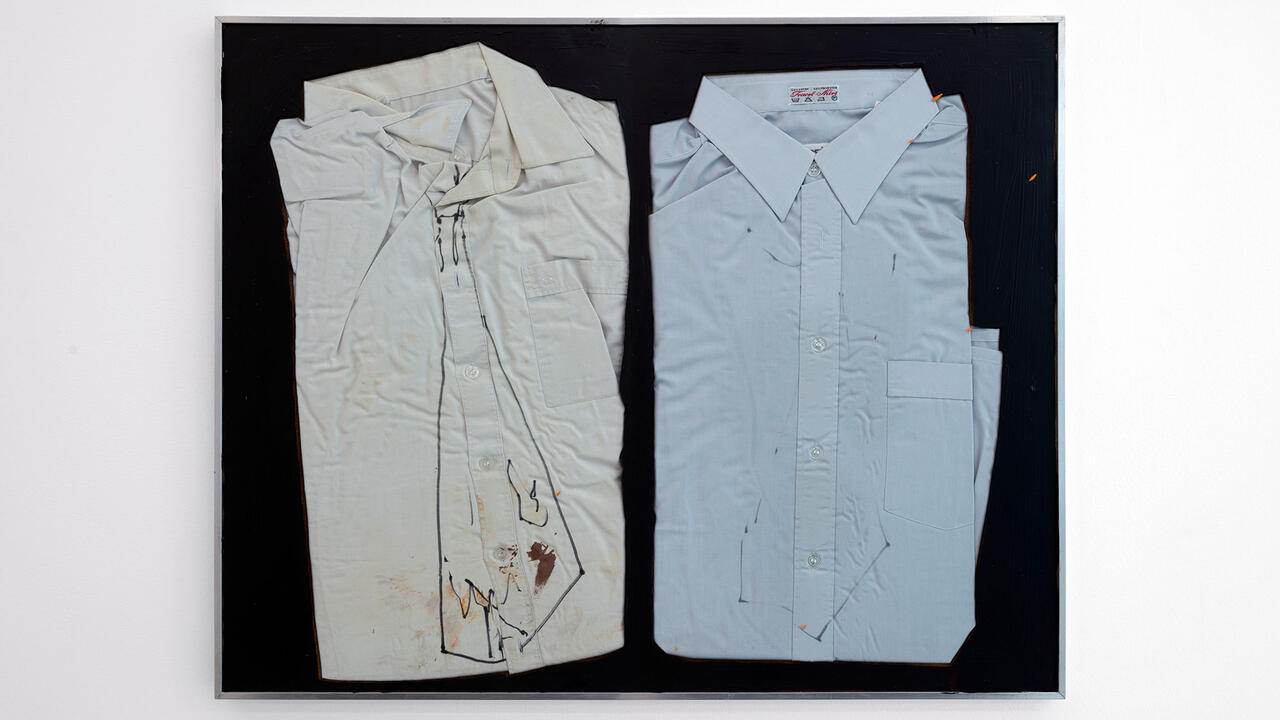Art of the Garden
On 7 March 1804 seven men, including John Wedgwood, of the pottery dynasty, and Sir Joseph Banks, the botanist who accompanied Captain Cook on the Endeavour, gathered at a London bookshop for the inaugural meeting of the Royal Horticultural Society. Two hundred years on, the society has 345,000 members and the UK has more gardens per head of population than any other European country. The bicentenary of the RHS has been celebrated with exhibitions at the Victoria & Albert Museum, the Museum of Garden History, the National Museum of Photography, Film and Television and, most ambitiously, at Tate Britain.
‘Art of the Garden’ explores the garden in British art over a period in which it developed from a status symbol of the aristocracy into, first, a valuable resource for the working classes and then, in the 20th century, a nationwide hobby. The exhibition was divided into themed sections demonstrating the garden as, for example, a site of childhood enchantment, as a metaphor for female sexuality and as a place for contemplation. The works selected to illustrate such complex ideas naturally varied in quality, but a few paintings stood out. Samuel Palmer’s intriguing In a Shoreham Garden (c.1829), depicting a regal female figure at the end of a garden path beneath a canopy of white blossom, is full of romantic mysticism and remarkable in its loose, almost Post-Impressionist brushstrokes. Richard Dadd’s Portrait of a Young Man (1853), painted while the artist was in the asylum at Bethlem Hospital, shows its subject seated on a bench engulfed by ivy; beside him a fez recalls Dadd’s travels in the Middle East. In the background are a Grecian folly and a lawn roller (the philosophy and labour of the garden?). Behind the man an enormous sunflower shoots towards the sky like a hopeful escape route.
Gardening is such a British passion the exhibition couldn’t avoid reflecting social history, not only in the older work but also in George Shaw and David Rayson’s images of contemporary suburbia and in Martin Parr’s photographs of garden ornaments. Visiting the exhibition a couple of days before the 60th anniversary of D-Day made you particularly aware of the number of works about war: the garden as a symbol of hard-working resistance and a quintessential right of freedom. James McIntosh Patrick’s A City Garden (1940), for example, portrays the artist’s wife and daughter taking in the washing in the long shadows of early evening. Patrick, who was waiting to be called up, preserves this memory of his family protected by the high garden walls from the encroaching world outside them. In other wartime works London squares are transformed into vegetable patches, and wild flowers burst forth with the enduring hope of nature among the rubble of the blitz.
The exhibition’s attempts to establish exchanges between the practices of gardening and art were less convincing. The only ‘pure’ gardener included was Gertrude Jekyll. On display was one of her copies of a seascape by Turner, an artist whose use of colour she studied closely and applied to her own garden schemes. Jekyll was also an advocate of the ideas of John Ruskin and William Morris and talked of ‘painting a picture’ with living plants. However, the garden painters that were inspired by her work, such as Alfred Parsons and Margaret Waterfield, are now largely forgotten and feel like mere illustrators of a greater and more complex talent. Alongside them, however, were works by major artists who were or are keen gardeners, such as Ivon Hitchens, Barbara Hepworth, Patrick Heron and Ian Hamilton Finlay – the latter the most interesting in that his artworks, whether intended for gallery space or his own garden, play with ideas of arcadia and the classical tradition of landscape gardening.
Gardens have always been someone’s attempt to mould nature, and as modern cultivation techniques have made this process more extreme it is unsurprising that contemporary artists reflect a more suspicious and less romantic approach to the garden than their precursors. Marc Quinn exemplifies this trend: his fascination with science’s attempts to improve on nature, such as his enormous triffid-like orchid, result in gaudy, unnatural results. Sarah Jones’ photograph of a fence submerged beneath a vigorous passion flower (The Fence (Passion Flower) II, 2002), with its rich colours and flat perspective, recalls Pre-Raphaelite paintings, but the dramatic lighting and stripping away of foreground figures reinterpret the garden in a more sinister fashion.
Our experience of gardening is increasingly filtered through TV shows, websites and magazines. For Home Climate Gardens (2003) Janice Kerbel designed gardens for interior spaces – a Victorian terrace and a council flat – yet, although her ideas look like professional designs, they clearly exist in a fictitious realm. Ivan and Heather Morison’s recordings of people talking about their gardens in Global Survey (2003) bring to life the enthusiasm and creativity of the hobbyist, such as the woman who can’t find the name of a particular plant and describes it to a friend over the phone. The demonstrated pleasure of using living plants as a creative tool is at the heart of why this exhibition pulled in the summer crowds. But considering the current reduction of gardening to the level of the quick-fix TV makeover show formula, perhaps the exhibition’s main success is to create an arena in which to think of the garden as having a rich history and a complex relationship to our cultural heritage.














